Bharat NCAP Launches QR Code Safety Rating Stickers for Cars Tested Under the Programme
Apart from the car's safety rating, these stickers will also feature the Bharat NCAP emblem, a QR code, the manufacturer's name, the model name, the date of testing, and safety ratings for both child and adult occupants.
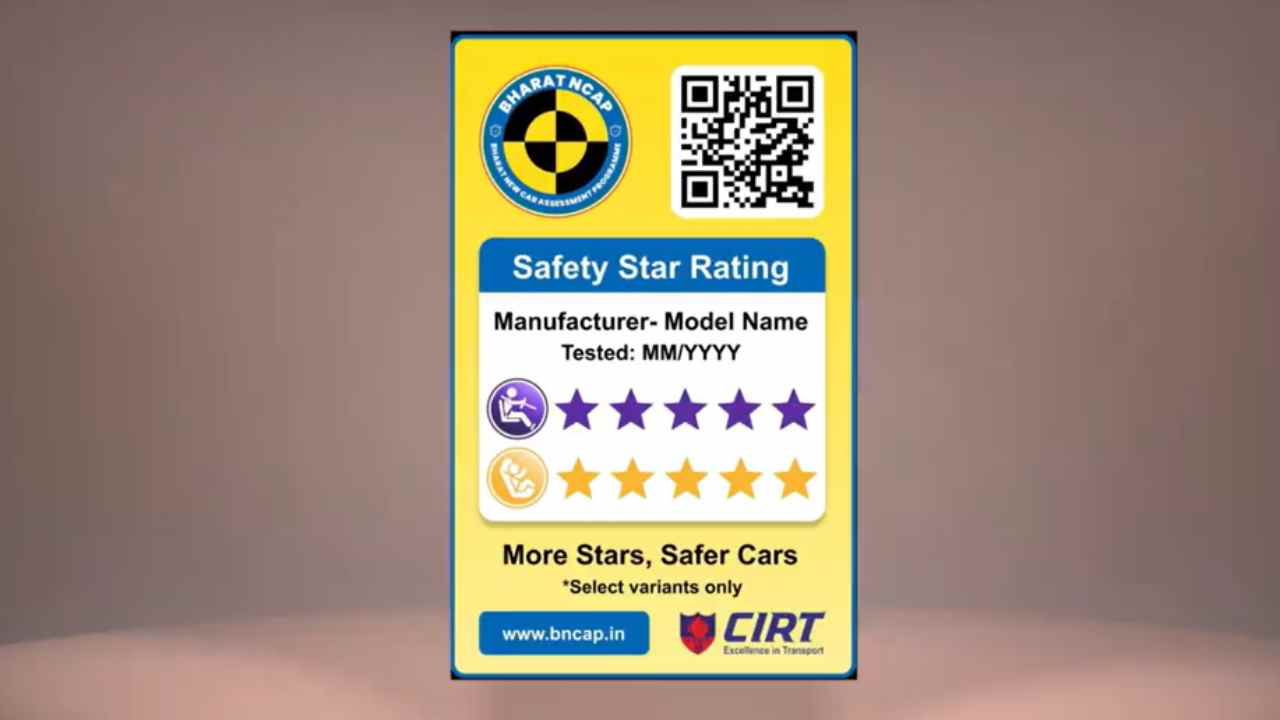
The Bharat New Car Assessment Programme (Bharat NCAP) has announced a new campaign to raise consumer awareness about car safety in the country. The assessment body has released a display label that will be used for vehicles evaluated under the Bharat NCAP programme. The stickers will reflect the car's safety rating specified by the crash test results. These labels will also feature the Bharat NCAP emblem, a QR code, the manufacturer's name, the model name, the date of testing, and safety ratings for both child and adult occupants. Customers will have quick access to these safety ratings, allowing them to quickly and easily determine a car's level of safety before making a purchase. Additionally, each sticker will have a QR code, which, when scanned, will reveal a comprehensive report detailing the car's crash test results.
Also Read: Bharat NCAP Crash Test Procedure, Regulations and More Explained
Bharat NCAP: Procedure and Selection of Cars
The Indian government introduced the Bharat New Car Assessment Programme (BNCAP) in October 2023. Since its debut, the program has assessed a range of cars, including the Tata Harrier, Safari, Punch EV, and Nexon EV. Interestingly, every model tested so far has received a perfect five-star rating. After pictures of the Grand Vitara undergoing the BNCAP safety test recently surfaced online, results are also anticipated for other Maruti Suzuki models like Fronx and Swift.
Bharat NCAP asks automobile manufacturers to voluntarily submit their models for crash testing and safety evaluation. Once the crash test is completed, the authorities send the results to the relevant OEMs, who then reveal the results. Manufacturers also have the option to seek a reassessment if they think it's necessary. Moreover, the Bharat NCAP can randomly choose car models from dealerships for crash testing and safety level assessments. This would further increase the programme's credibility and transparency. The crash safety programme comprises testing facilities for electric and CNG vehicles, along with conventional petrol and diesel-powered automobiles and trucks with internal combustion engines.
Also Read: Tata Punch EV Earns 5-Star Crash Test Safety Rating from Bharat NCAP: Watch Video
The Bharat New Car Assessment Programme (NCAP) conducts three categories of vehicle crash tests. They include a frontal impact test, a side impact test, and a pole side impact test on an offset deformable barrier. These tests provide a comprehensive evaluation of the vehicle's safety features and ability to protect its occupants in the event of an accident. Like Global NCAP and other crash testing programmes, Bharat NCAP uses sensor-equipped dummies to evaluate the force of impact during simulations of real-world collisions at different speeds. According to the most recent AIS-197 notification, the frontal impact test has a test speed of 64km/h, while the side impact and pole side impact tests have test speeds of 50km/h and 29km/h, respectively.
A post-test assessment of sensor data analyses the effect of the collision on dummy occupants. The Bharat NCAP uses adult occupant protection (AOP) and child occupant protection (COP) criteria to evaluate car safety. The cars are scored on a scale of 0 to 5. A model must score 27 points or higher overall in the crash test to be deemed safe for an adult passenger. Similarly, a car that scores at least 41 points in the child occupant protection category is awarded a flawless five-star rating.

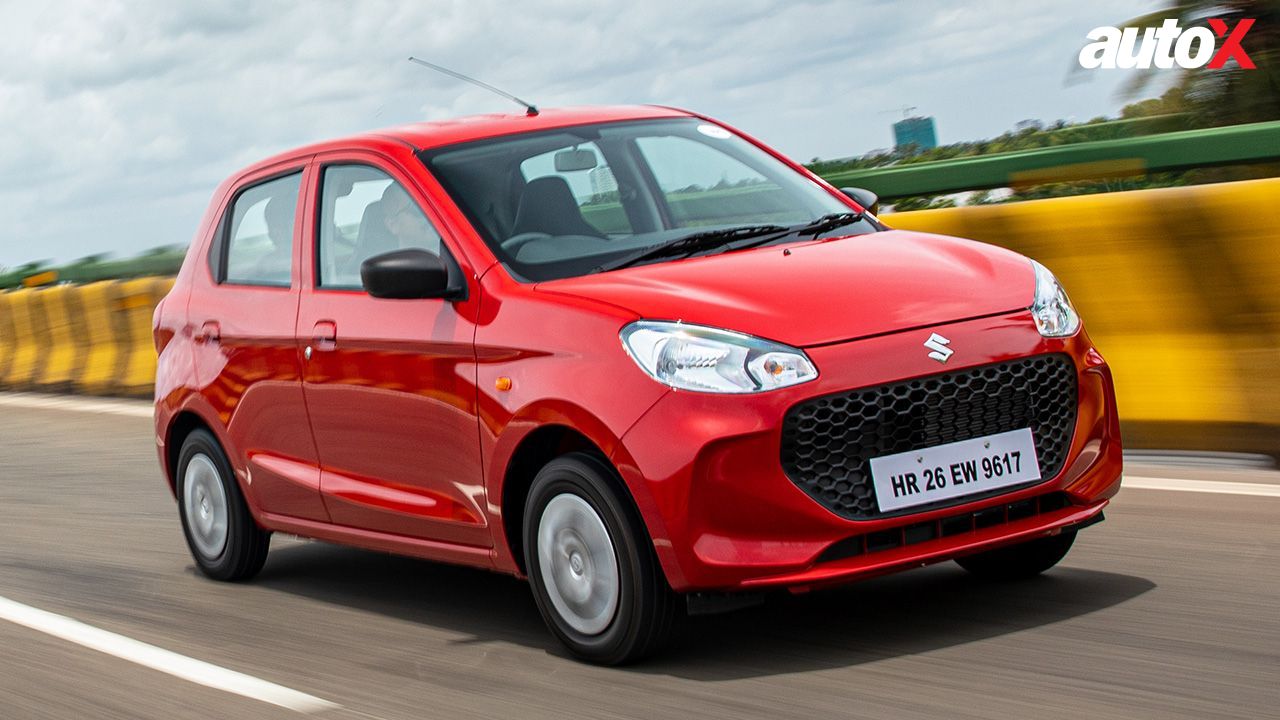
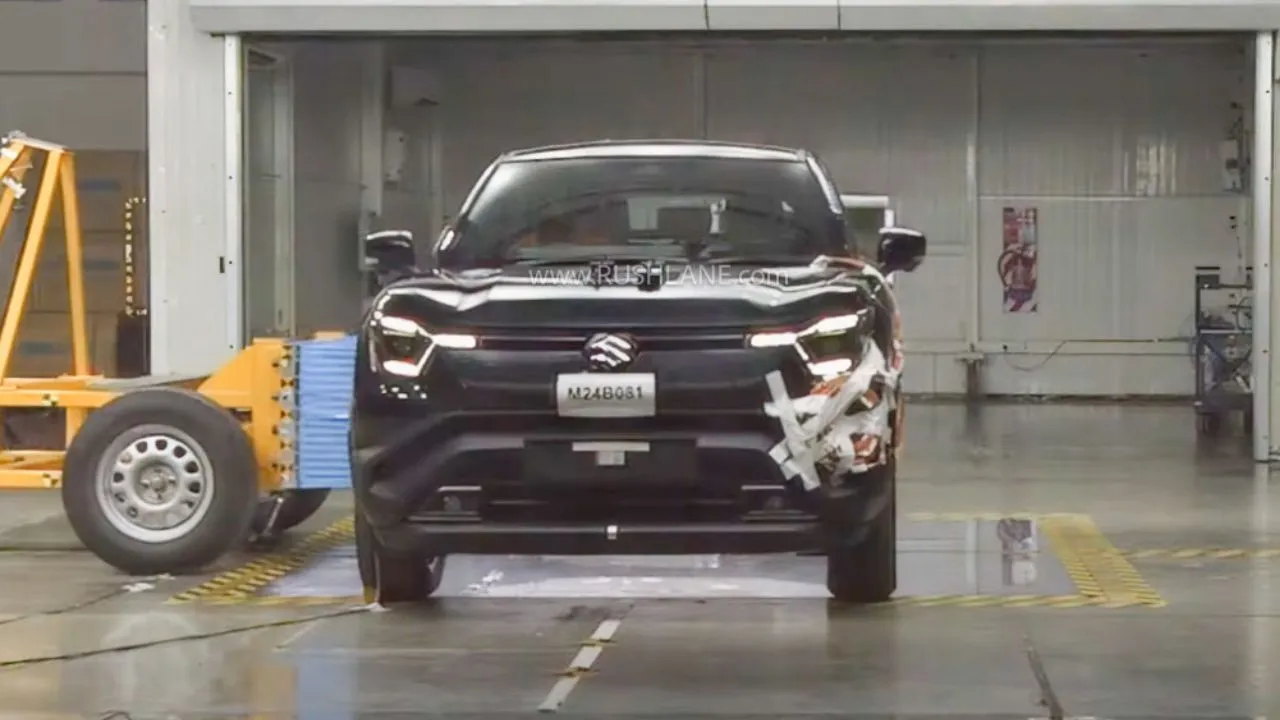

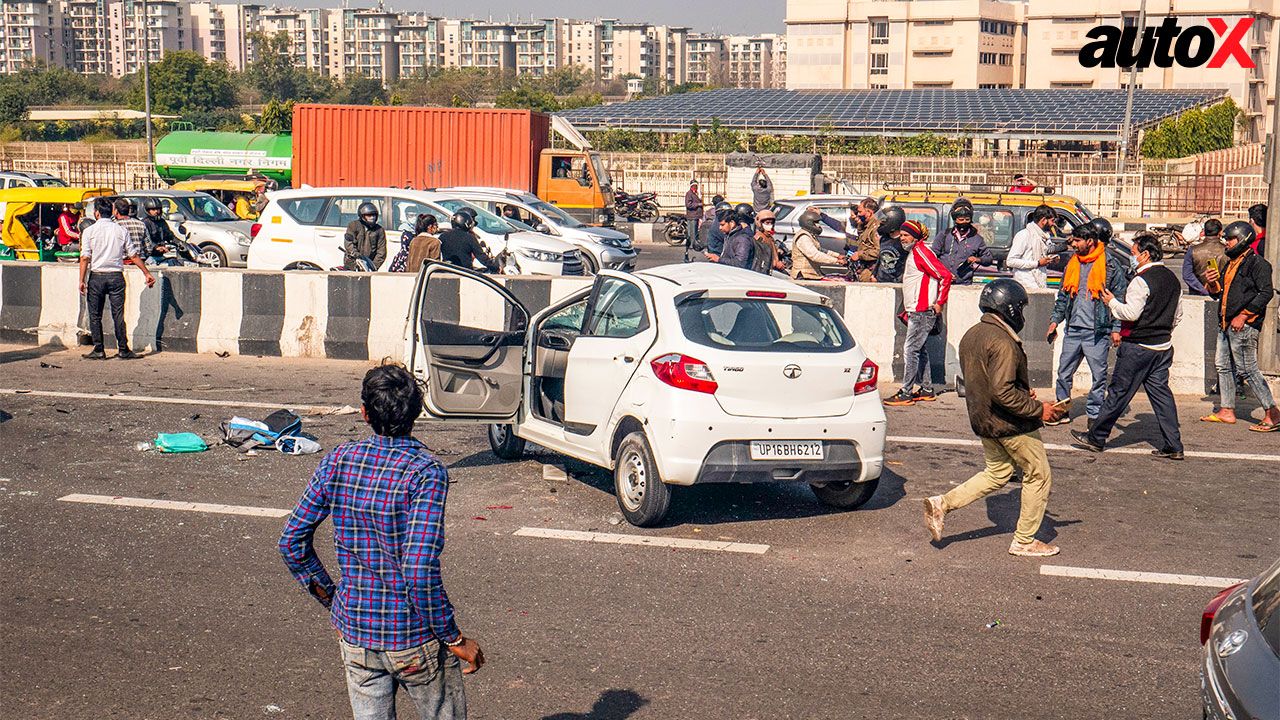

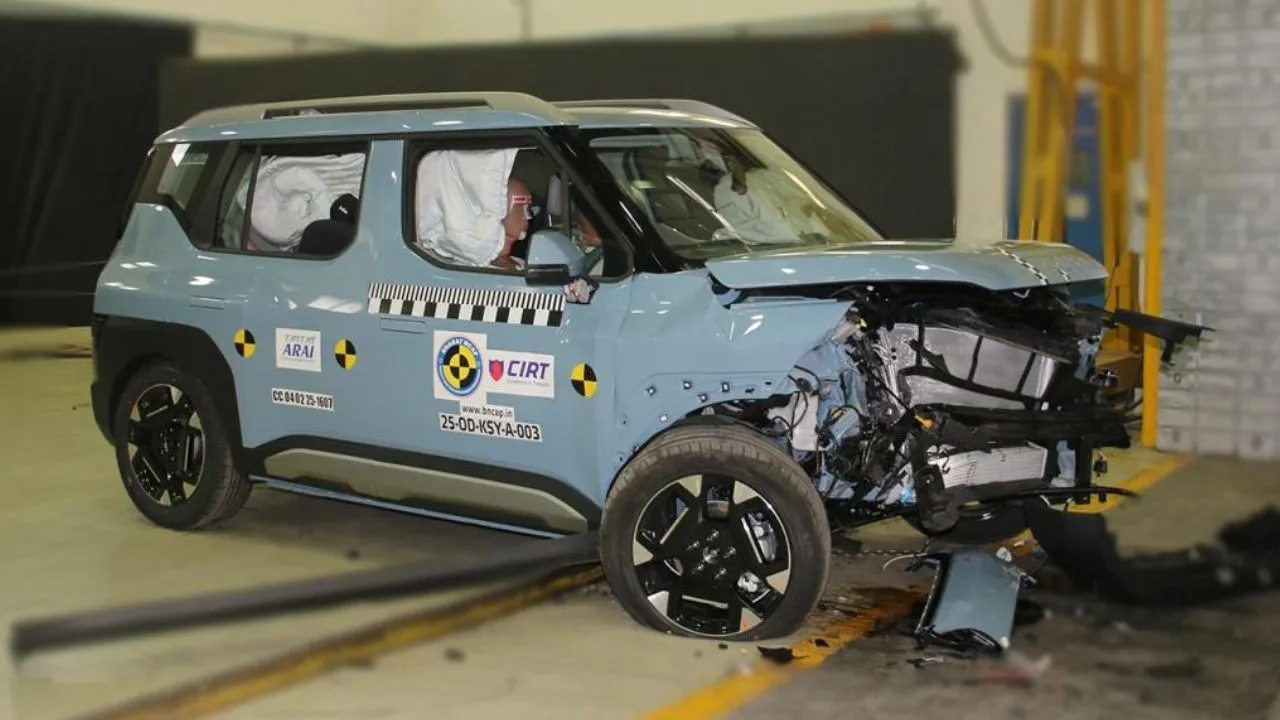
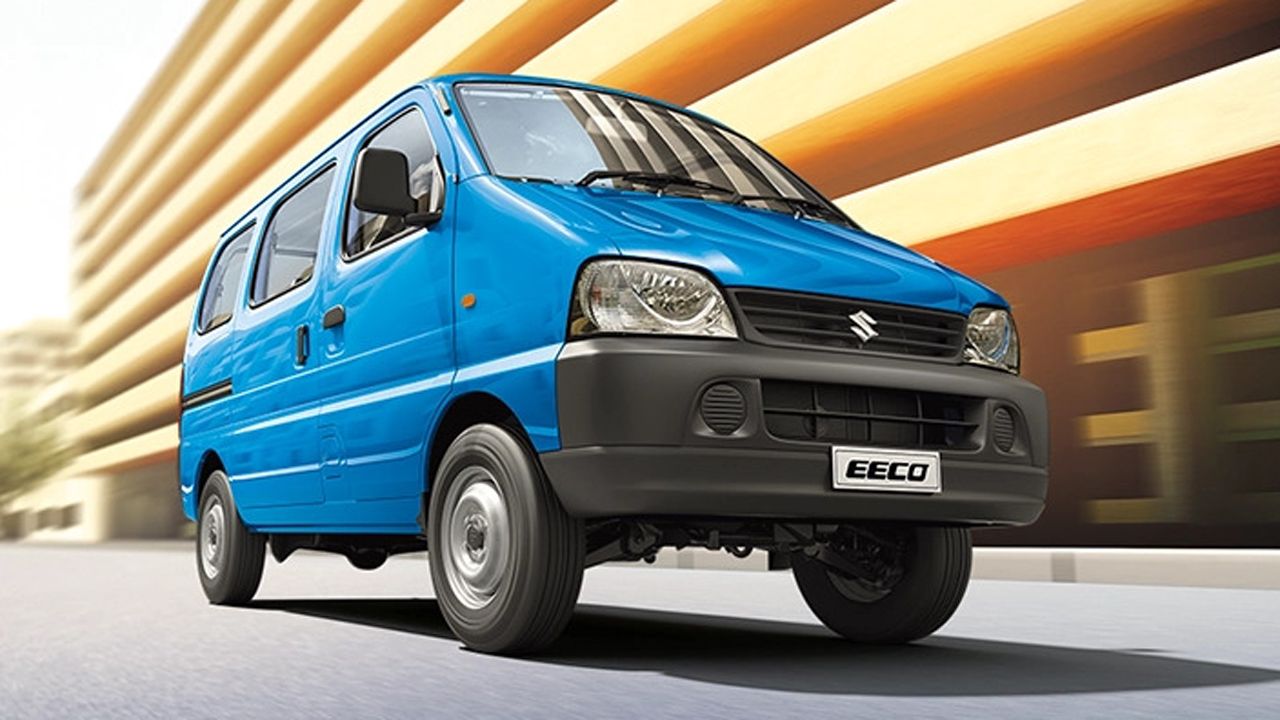
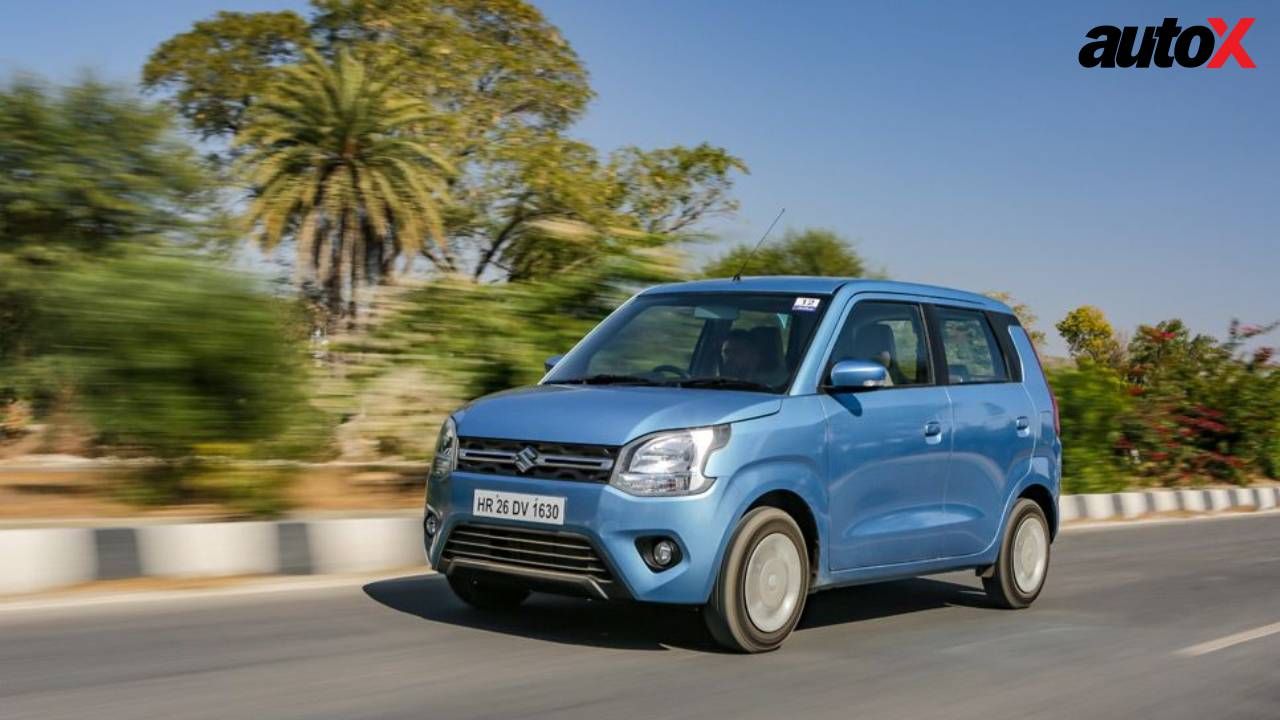
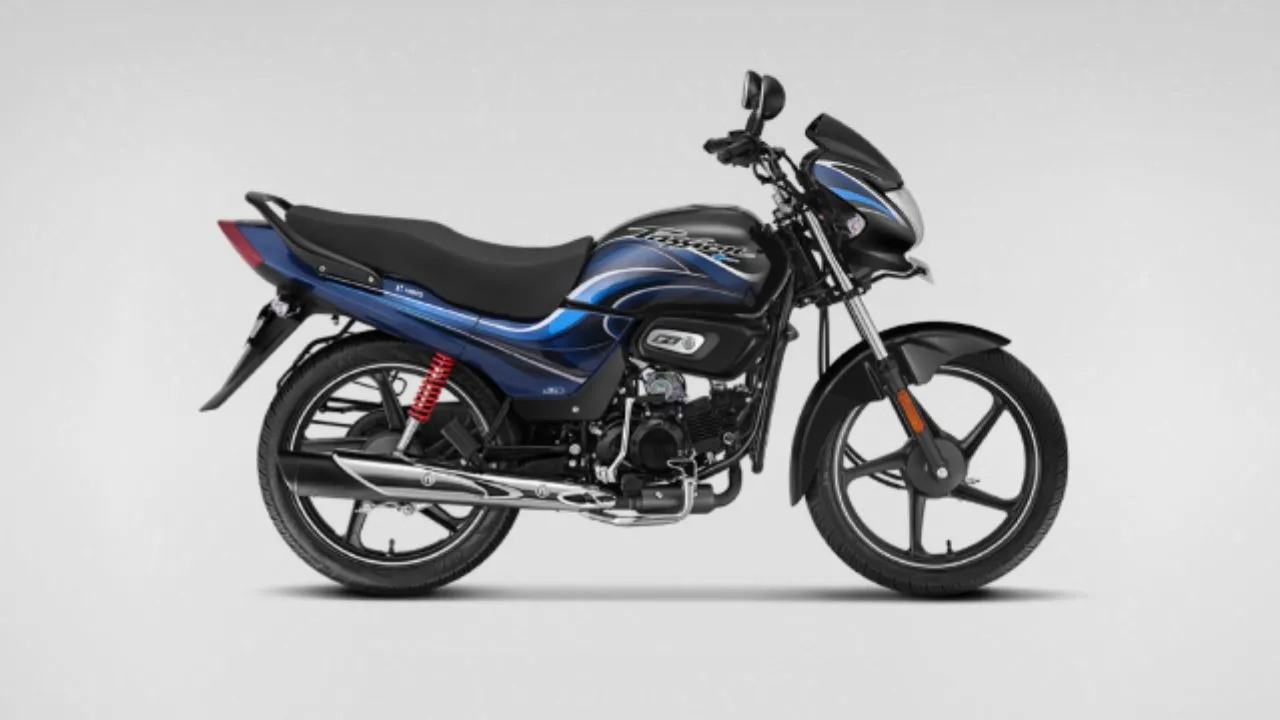
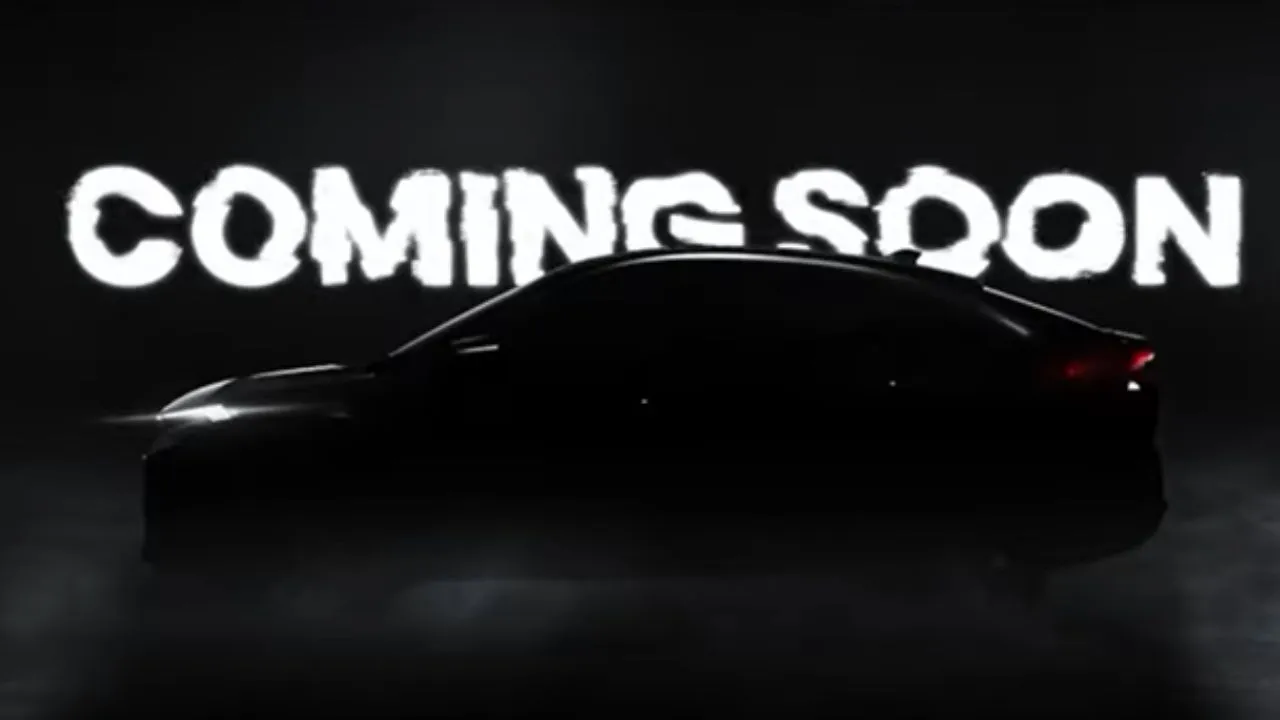


















Write your Comment on